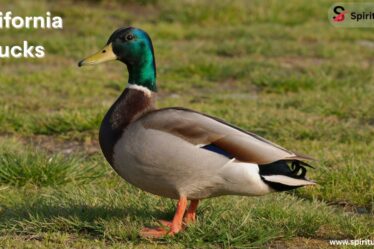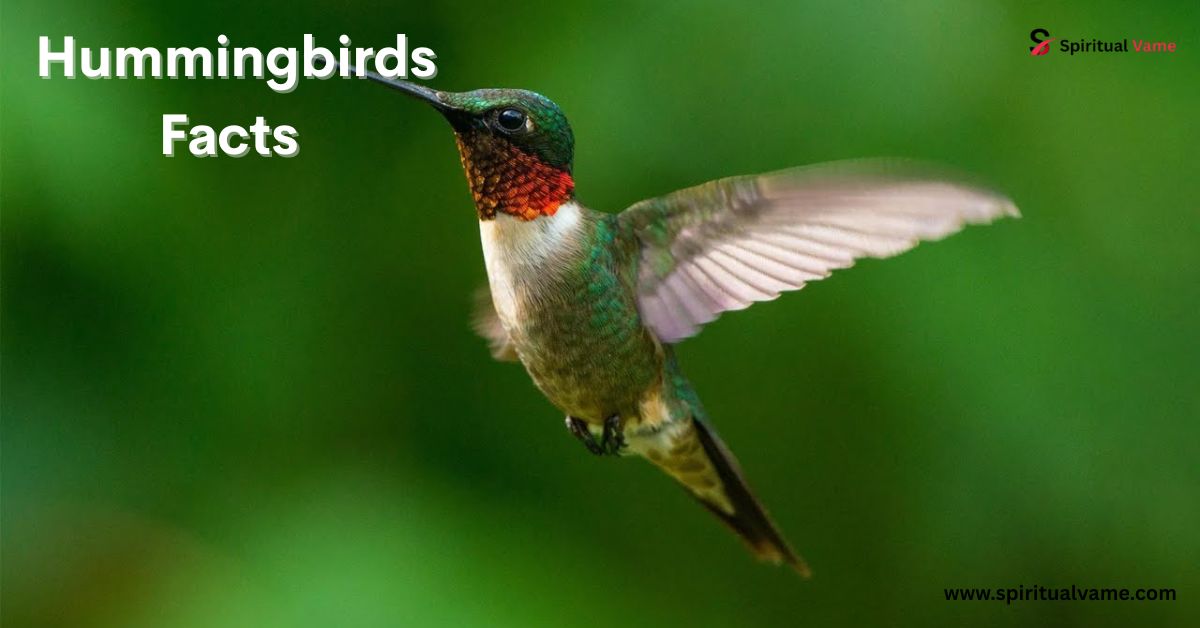
Hummingbirds are among the most fascinating creatures in the avian world. Their unique adaptations, vibrant colors, and incredible agility make them a subject of endless curiosity. Let’s delve into some captivating facts about these tiny marvels.
1. 360+ hummingbird species.
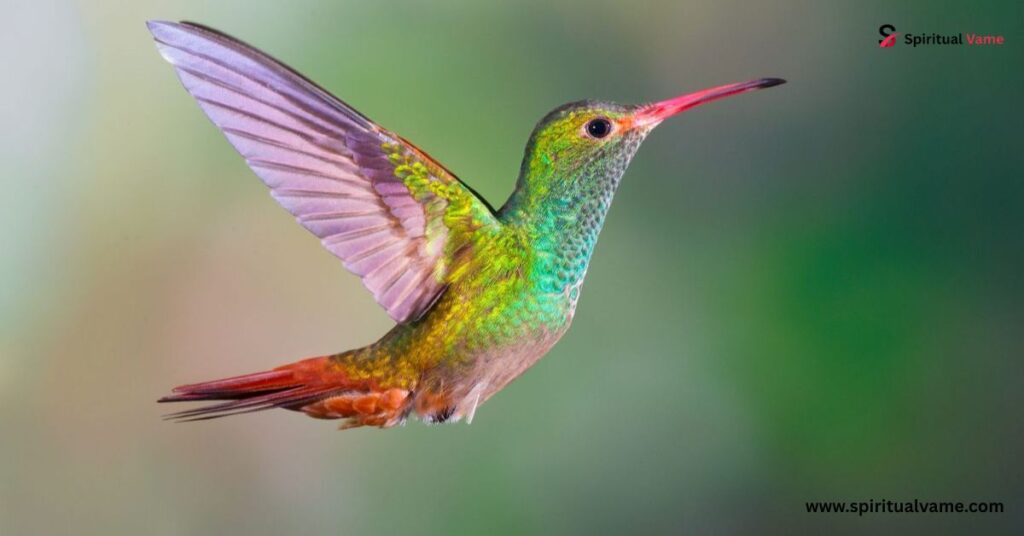
Hummingbirds are incredibly diverse, with over 360 recognized species worldwide. This vast array of species showcases the adaptability and evolutionary success of hummingbirds across various habitats. Notably, Ecuador, nestled in the Andes, boasts approximately 130 species, highlighting the region’s rich biodiversity .
2. Hummingbirds are incredibly tuned in.
Despite their small size, hummingbirds possess remarkable cognitive abilities. Their hippocampus, a brain region associated with memory, is proportionally larger than in many other birds, enabling them to remember the locations of feeders and bloom cycles of flowers .
3. Hummingbirds visit hundreds of flowers each day.
To sustain their high metabolism, hummingbirds feed frequently, visiting up to 1,000 flowers daily. Their diet primarily consists of nectar, but they also consume insects and spiders to meet their nutritional needs.
4. smallest bird in the world
The bee hummingbird, native to Cuba, holds the title for the smallest bird globally. Measuring about 5-6 cm in length and weighing approximately 1.6 grams, it’s lighter than a U.S. dime.
5. New hummingbird species.
The world of hummingbirds continues to surprise scientists. Recent studies and explorations have led to the identification of new species, emphasizing the importance of ongoing research and conservation efforts .
6. Hummingbirds’ heartbeats are through the roof.
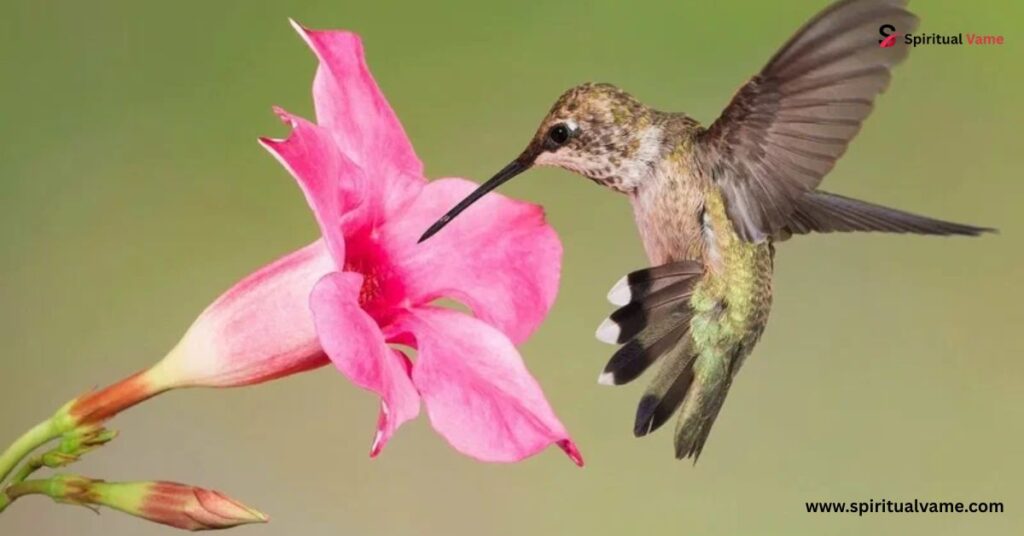
Hummingbirds have an astonishingly rapid heartbeat, reaching up to 1,260 beats per minute. This rapid rate supports their high-energy lifestyle, allowing them to hover and dart with incredible agility .
7. Hummingbirds beat their wings 60 to 80 times per second.
Their wings beat at an incredible speed, typically between 60 to 80 times per second. During courtship dives, some species can even reach up to 200 beats per second, showcasing their impressive flight capabilities .
8. Hummingbirds cannot walk.
Hummingbirds have evolved for flight, with legs adapted primarily for perching. Their limited leg strength means they cannot walk or hop, relying instead on their exceptional flying abilities .
9. Hummingbirds make amazing migration journeys.
Some hummingbird species undertake incredible migrations, traveling thousands of miles between breeding and wintering grounds. For instance, the ruby-throated hummingbird migrates from North America to Central America, crossing vast distances over open water .
10. Hummingbirds existed in Europe 30 million years ago.
Fossil records indicate that hummingbirds once inhabited Europe around 30 million years ago. This discovery provides insights into the evolutionary history and past distribution of these birds .
Fun Facts About Hummingbirds
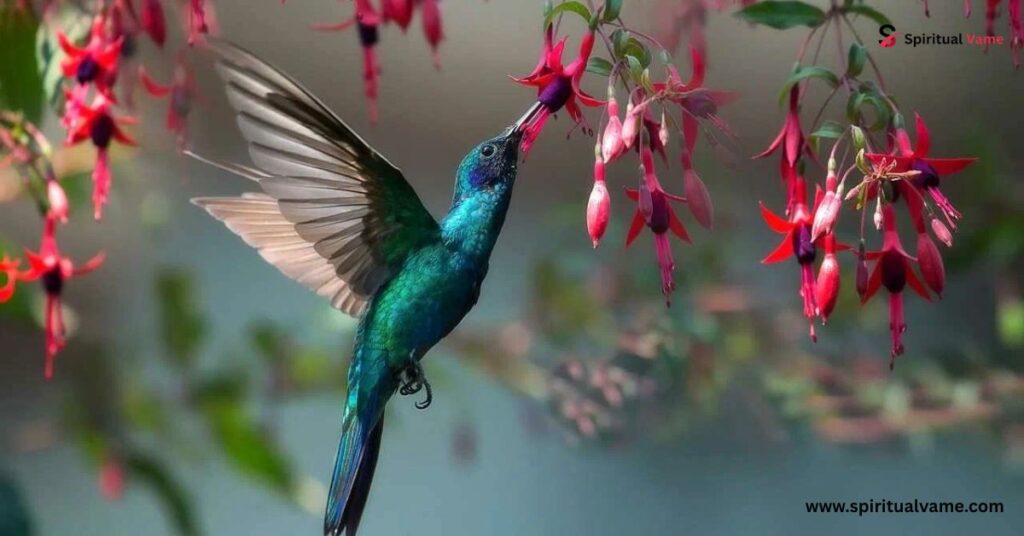
Hummingbirds are not only agile fliers but also exhibit unique behaviors and characteristics. Their feathers contain melanosomes, microscopic structures that refract light, giving them their iridescent appearance . Additionally, their nests are marvels of engineering, often constructed using spider silk, allowing them to expand as the chicks grow .
Hummingbirds have a diverse diet, consuming nectar, insects, and spiders to meet their energy and nutritional needs . Their wingbeat frequency enables them to hover with precision, a feat unmatched by most birds . The bee hummingbird’s diminutive size makes it a standout among avian species . Their cognitive abilities, particularly memory, are impressive, allowing them to track feeding locations and bloom cycles . The iridescence of their feathers is due to specialized feather structures . Reproductively, they lay two eggs per clutch, with nests often reused for multiple broods . Their migration patterns are extensive, covering vast distances annually . Historically, their presence in Europe adds a fascinating chapter to their evolutionary story
How to Safely Attract Hummingbirds
To invite hummingbirds into your garden, consider planting native, nectar-rich flowers like bee balm and salvia. These plants provide natural food sources that cater to their dietary needs . Installing feeders filled with a simple sugar-water solution (without red dye) can supplement their diet, especially during migration periods. Ensure feeders are cleaned regularly to prevent mold and fermentation. Providing perching spots and water sources, like misters or shallow birdbaths, can also make your garden more inviting .
Fun Facts about Hummingbirds
Hummingbirds are full of surprises. Their ability to hover, fly backward, and even upside-down showcases their unparalleled flight capabilities. Their vibrant plumage isn’t just for show; it’s a result of intricate feather structures that play with light. These tiny birds, with their rapid heartbeats and high metabolism, are a testament to nature’s ingenuity and adaptability.
Conclusion
Hummingbirds are some of the most amazing birds in the world. They are small, colorful, and full of energy. There are so many fun facts about hummingbirds that surprise people. From flying backward to having the fastest heartbeat, these tiny birds are truly special. Their wings beat so fast, and they visit hundreds of flowers every day just to stay alive.
If you love nature, learning fun facts about hummingbirds will amaze you. These birds can remember places, build tiny nests, and travel far during migration. Knowing fun facts about hummingbirds helps us care for them better. The more we learn, the more we appreciate how unique fun facts about hummingbirds really are.

